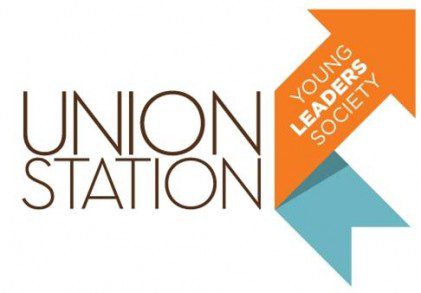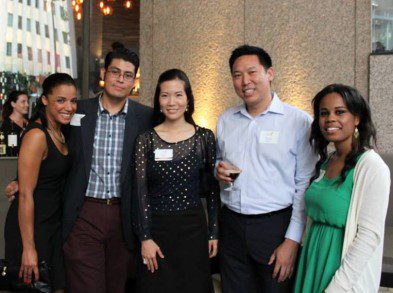After Terry lost her job, she was unable to receive any support from her family and ended up being homeless for more than a decade. Now 57, Terry lives in Centennial Place, an affordable housing apartment complex managed by Union Station Homeless Services that sits across the street from Pasadena City Hall.
Terry suffers from a number of health problems, including Hepatitis B, arthritis, fibromyalgia, and carpal tunnel syndrome. She’d like to return to work, but the fragile economy — and her age — have hampered her job search. She is eligible for federally subsidized Section 8 housing, but that program has a long waiting list of applicants. So, for the foreseeable future, she’ll remain at Centennial Place, along with a growing population of other aging residents.
The number of homeless people in their 50s and 60s receiving services from Union Station Homeless Services has climbed in the past few years, according to Marvin Gross, the organization’s chief executive officer. Gross said that 28 percent of the adult residents at Centennial Place and his organization’s Raymond Avenue shelter are between the ages of 55 and 80, and he expects the number to rise even more rapidly in the next few years.
“As the baby boomers move into seniorhood, we’ll see more homeless seniors,” Gross said. “The size of this population could grow as the number of boomers in their 60s grows.”
Social contract breach
According to figures compiled by the Pasadena Housing and Homeless Network, the total number of homeless in 2012, 904 people, compares to the 825 people who were homeless at the start of the 2007 recession. Between 2005 and 2008, homelessness decreased by 21 percent. However, the report states, homelessness increased by more than 200 persons, from 1,004 in 2009 to 1,216 in 2011. Then, come the following January, that number fell by 26 percent, to 904 adult men and women. Of that number, 35 percent were African American, 32 percent were white and 23 percent were Latino. Twelve percent, or 106 of those counted, were children. Of the adults, 512 (64 percent) were men and 286 (36 percent) were women.
Using 2010 US Census data, analysts found that there are more than 21,000 adults and children in Pasadena that make up nearly 8,000 households that have an annual income of $15,000 or less, who are considered by homeless advocates to be the most at-risk for homelessness. In addition, researchers found that approximately 19,000, or 14 percent of Pasadena residents, were living in poverty. “Nineteen percent of related children under 18 were below the poverty level, compared with 13 percent of people 65 years old and over. Thirteen percent of all families and 23 percent of families with a female householder and no husband present had incomes below the poverty level,” according to the report.
A separate report released by the National Alliance to End Homelessness predicted the number of elderly people experiencing homelessness could increase by 33 percent by 2020, and more than double by 2050. “Homelessness among elderly people indicates that our safety nets are failing some of our most vulnerable citizens,” Alliance President Nan Roman stated shortly after the report was released in April 2010. “As our country forges ahead to improve the world for those who will come after us, let us not neglect those who have come before us. Let us honor their progress and perseverance by allowing them to age with dignity.”
The study found that baby boomers who become seniors will increasingly need such services as Social Security, Medicare and housing programs. The alliance recommends that the supply of subsidized affordable housing for economically struggling elderly persons be increased and that permanent housing be created to end chronic homelessness. The alliance also suggests advancing research to better understand the needs of the elderly homeless population.
Anne Lansing, co-chair of the Pasadena Housing and Homeless Network and a project manager for the city of Pasadena Housing Department, made a similar prediction. According to the network’s annual homeless count, the number of persons aged 62 or older has remained about the same since 2005, accounting for 6 to 8 percent of the city’s homeless population. “But as the population ages, the homeless population will age correspondingly with it,” she said.
Most of these seniors have been homeless for a long time and have aged on the street. Others became homeless when they lost their jobs during the Great Recession. “If they’ve become homeless when they were seniors, there’s a great deal of anger,” said Lansing. “They feel that society basically failed in its social contract.”
‘One more barrier’
Providing services for an aging population poses new challenges for nonprofits Passageways, located on South Arroyo Parkway, Union Station, a few blocks west of there on South Raymond Avenue, and other homeless advocacy groups. An older population is generally a sicker population, one requiring a wide range of medical services. And a lack of housing can intensify seniors’ health problems. “Arthritis is much more debilitating if you’re sleeping on the concrete every night as opposed to sleeping in a bed,” said Lansing.
Gross said medication management is one of the most common health-related services that his staff provides to senior residents. “We don’t dispense medication,” he explained, “but we work with seniors to make sure that they take certain medications at a certain time. They [seniors] need more time and attention from our case management staff. It’s a different wrinkle in the way the staff spends its time.”
In addition, Union Station offers health clinics at its two adult housing facilities, and its staff arranges doctors’ appointments and visits to hospital emergency rooms. The staff also assists seniors who have problems with mobility and mental health issues.
Because many seniors are in poor health, they are unable to perform the activities that enable some younger homeless people to eventually become self-sufficient. For this reason, homeless seniors are more likely to remain homeless for the rest of their lives.
Union Station provides employment assistance for its homeless population, but Gross said many homeless seniors have trouble landing jobs because they do not have a long work history. In addition, seniors typically face age discrimination when they attempt to re-enter the workplace. “Homelessness is one more barrier to getting a job,” he added. “Many [seniors] are disabled and can’t get work.”
Like other senior citizens, elderly people who are homeless are often eligible for government assistance, including Social Security, Medicare, Medi-Cal, and rent subsidies, such as Section 8. But homeless seniors are often unaware that they qualify for this assistance, or they do not know how to obtain these benefits. Helping senior citizens receive assistance is yet another task that Union Station performs for its residents.
Union Station also encourages its senior residents to take part in recreational activities. “We want to provide assistance with socialization,” said Gross. “We don’t want them [seniors] to sit in their rooms alone at Centennial Place.”
Room to move
Located at 235 Holly St., Centennial Place, the former Pasadena YMCA which was converted into affordable housing in the early 1990s, contains 142 single-room units for homeless adults. The facility’s staff organize a number of social activities for all residents, including Friday morning coffee klatches, educational programs, alcohol and addiction recovery services and holiday picnics. “There’s a pretty ample program of activities, educational programs and arts and crafts that can include anyone,” said Gross.
Project Housed, a program spearheaded by the city’s Housing Department, local businesses, religious organizations and social services providers, also works to assist homeless seniors. Lansing said a group of volunteers surveyed homeless people on the streets of Pasadena in August 2011, asking them questions about their mental health and other vulnerabilities.
Based on survey responses, volunteers compiled a list of about 30 people who were the most vulnerable among the city’s homeless population. This list included a number of people who were 62 or older.
While Project Housed and Union Station’s residences can improve life for homeless people, it cannot completely compensate for many of the advantages that some seniors enjoyed when they were younger and able to support themselves.
When asked how she would compare her current life to her life when she was younger, Terry recalled, “I had a job. The economy was not that bad. My health was greater. … I was much more in my youth than I am right now.”

 The Young Leaders Society (YLS)
The Young Leaders Society (YLS)






